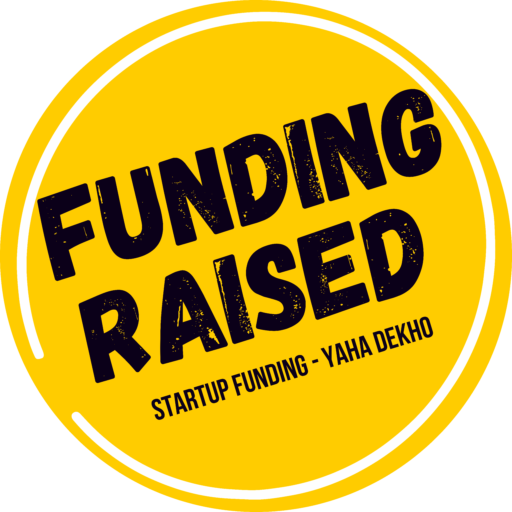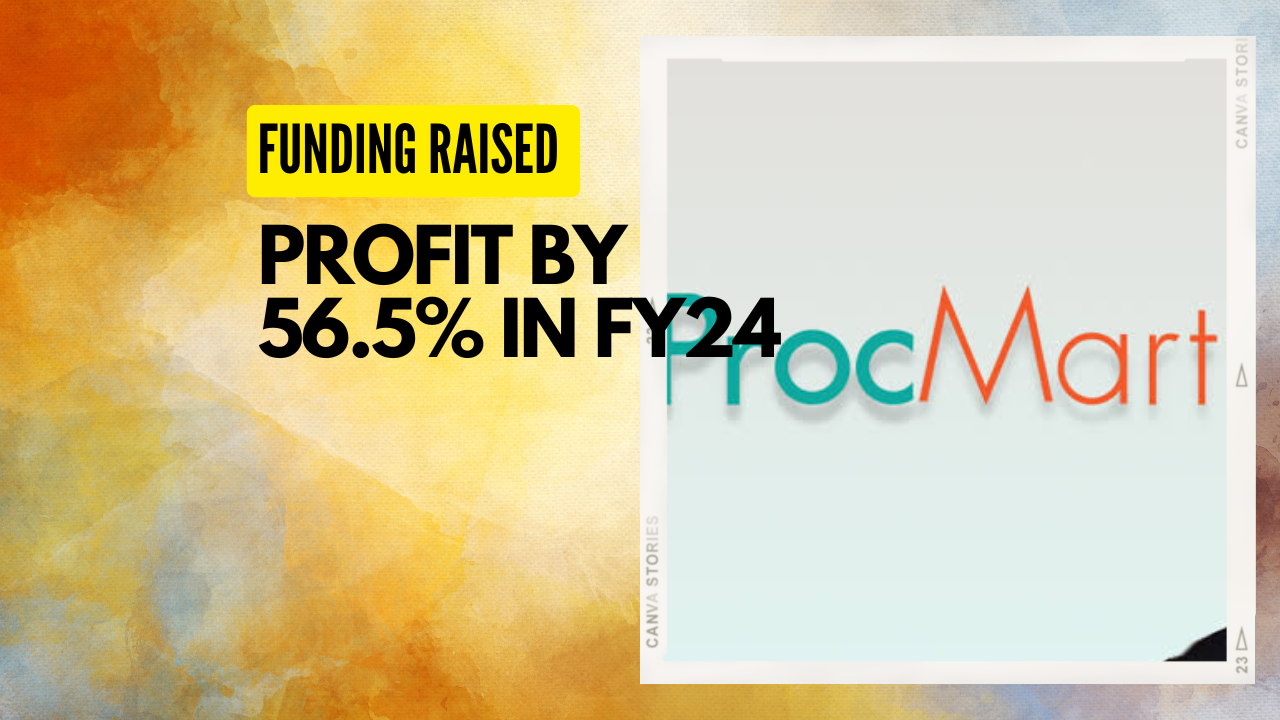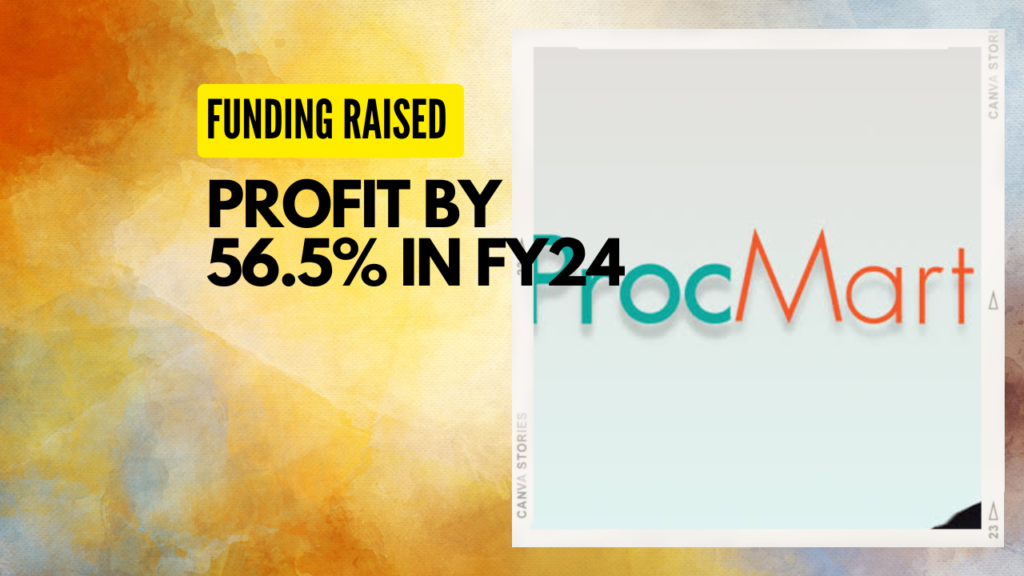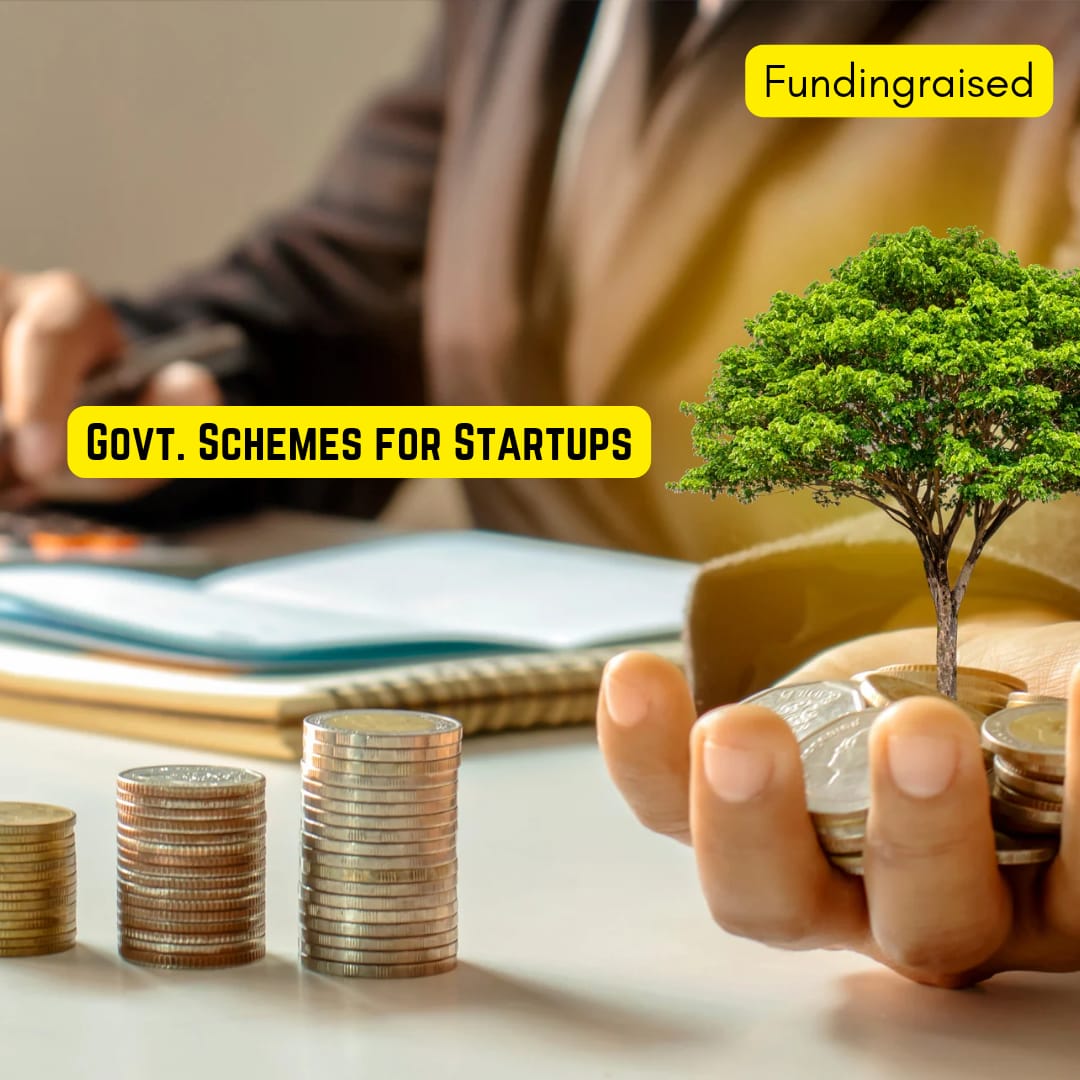- ओला इलेक्ट्रिक (Ola Electric)
फंडिंग राशि: $300 मिलियन
सीरीज़: सीरीज़ जे
निवेशक: टेक्नॉलजी Crossover Ventures (TCV) और अन्य निवेशक।
फोकस क्षेत्र: इलेक्ट्रिक वाहनों का निर्माण और चार्जिंग इंफ्रास्ट्रक्चर का विकास।
उपयोग: इलेक्ट्रिक दोपहिया वाहनों के निर्माण और चार्जिंग नेटवर्क के विस्तार के लिए। - PhonePe
फंडिंग राशि: $350 मिलियन
सीरीज़: सीरीज़ एफ
निवेशक: जनरल अटलांटिक, टेमासेक।
फोकस क्षेत्र: डिजिटल पेमेंट्स और फाइनेंशियल सर्विसेज।
उपयोग: यूपीआई और अन्य पेमेंट्स सेवाओं के विस्तार के लिए, और वित्तीय सेवाओं में प्रवेश की योजना। - Lenskart
फंडिंग राशि: $200 मिलियन
सीरीज़: सीरीज़ जी
निवेशक: Alpha Wave Global
फोकस क्षेत्र: ऑनलाइन और ऑफलाइन आईवियर रिटेल।
उपयोग: भारत और विदेशों में खुदरा नेटवर्क के विस्तार और टेक्नोलॉजी में निवेश के लिए। - Zomato
फंडिंग राशि: $150 मिलियन
सीरीज़: सीरीज़ जे
निवेशक: टाइगर ग्लोबल, बैली गिफर्ड।
फोकस क्षेत्र: फूड डिलीवरी और किचन सेवाएं।
उपयोग: नए मार्केट्स में विस्तार और लॉजिस्टिक्स सुधार। - Byju’s
फंडिंग राशि: $250 मिलियन
सीरीज़: सीरीज़ एफ
निवेशक: रेडबर्ड कैपिटल, एडु टेक्नोलॉजीज़।
फोकस क्षेत्र: एडटेक और ऑनलाइन लर्निंग।
उपयोग: अंतर्राष्ट्रीय विस्तार, नए कोर्सेज और प्लेटफॉर्म सुधार। - Razorpay
फंडिंग राशि: $120 मिलियन
सीरीज़: सीरीज़ ई
निवेशक: सीक्वोइया कैपिटल इंडिया।
फोकस क्षेत्र: फिनटेक और पेमेंट गेटवे।
उपयोग: डिजिटल पेमेंट्स में नए उत्पादों और सेवाओं का विकास। - MPL (Mobile Premier League)
फंडिंग राशि: $95 मिलियन
सीरीज़: सीरीज़ डी
निवेशक: लेड कैपिटल, सिग्निया वेंचर्स।
फोकस क्षेत्र: ऑनलाइन गेमिंग और ई-स्पोर्ट्स।
उपयोग: नए गेम्स के विकास और यूज़र बेस के विस्तार के लिए। - Urban Company
फंडिंग राशि: $60 मिलियन
सीरीज़: सीरीज़ एफ
निवेशक: प्रोसोस वेंचर्स।
फोकस क्षेत्र: घरेलू सेवाएं और ब्यूटी सर्विसेस।
उपयोग: सर्विस प्रोवाइडर्स के ट्रेनिंग और प्लेटफॉर्म इंप्रूवमेंट के लिए। - Cred
फंडिंग राशि: $140 मिलियन
सीरीज़: सीरीज़ डी
निवेशक: कोट्यू मैनेजमेंट, रिब्बिट कैपिटल।
फोकस क्षेत्र: क्रेडिट कार्ड पेमेंट्स और फाइनेंशियल सर्विसेस।
उपयोग: नए वित्तीय उत्पादों के विकास और यूजर एक्विज़िशन के लिए। - CureFit
फंडिंग राशि: $100 मिलियन
सीरीज़: सीरीज़ सी
निवेशक: टेमासेक, चीनी दिग्गज Tencent।
फोकस क्षेत्र: फिटनेस और वेलनेस।
उपयोग: नए जिम्स खोलने और डिजिटल हेल्थ सर्विसेस में सुधार के लिए। - Vedantu
फंडिंग राशि: $50 मिलियन
सीरीज़: सीरीज़ डी
निवेशक: GGV Capital, टाइगर ग्लोबल।
फोकस क्षेत्र: ऑनलाइन लर्निंग और एजुकेशन।
उपयोग: नए कोर्सेज और इंटरैक्टिव लर्निंग प्लेटफार्म के विकास के लिए। - Nykaa
फंडिंग राशि: $75 मिलियन
सीरीज़: सीरीज़ एफ
निवेशक: स्टीडव्यू कैपिटल।
फोकस क्षेत्र: ब्यूटी और फैशन ई-कॉमर्स।
उपयोग: नए प्रोडक्ट्स, मार्केटिंग और ऑफलाइन स्टोर्स के विस्तार के लिए। - upGrad
फंडिंग राशि: $120 मिलियन
सीरीज़: सीरीज़ डी
निवेशक: इंटरनेशनल फाइनेंस कॉरपोरेशन (IFC)।
फोकस क्षेत्र: ऑनलाइन एजुकेशन और स्किल डेवलपमेंट।
उपयोग: नए कोर्सेज और प्लेटफार्म विस्तार के लिए। - Meesho
फंडिंग राशि: $300 मिलियन
सीरीज़: सीरीज़ एफ
निवेशक: सॉफ्टबैंक विजन फंड।
फोकस क्षेत्र: सोशल कॉमर्स और रिटेल।
उपयोग: प्रोडक्ट रेंज विस्तार और लॉजिस्टिक्स सुधार। - OYO Rooms
फंडिंग राशि: $200 मिलियन
सीरीज़: सीरीज़ ई
निवेशक: सॉफ्टबैंक।
फोकस क्षेत्र: होटल बुकिंग और हॉस्पिटैलिटी।
उपयोग: नए होटल्स का अधिग्रहण और टेक्नोलॉजी में सुधार। - Spinny
फंडिंग राशि: $65 मिलियन
सीरीज़: सीरीज़ सी
निवेशक: टाइगर ग्लोबल, नोरवेस्ट वेंचर पार्टनर्स।
फोकस क्षेत्र: ऑनलाइन कार बिक्री।
उपयोग: नए शोरूम्स के विस्तार और इंवेंट्री बढ़ाने के लिए। - Unacademy
फंडिंग राशि: $50 मिलियन
सीरीज़: सीरीज़ ई
निवेशक: टेमासेक, जनरल अटलांटिक।
फोकस क्षेत्र: ऑनलाइन एजुकेशन।
उपयोग: नए कोर्सेज और शिक्षक नेटवर्क के विस्तार के लिए। - Groww
फंडिंग राशि: $100 मिलियन
सीरीज़: सीरीज़ डी
निवेशक: टाइगर ग्लोबल।
फोकस क्षेत्र: फाइनेंस और निवेश।
उपयोग: नए निवेश उत्पादों और यूज़र एक्सपीरियंस सुधार। - PolicyBazaar
फंडिंग राशि: $75 मिलियन
सीरीज़: सीरीज़ एफ
निवेशक: स्टीडव्यू कैपिटल।
फोकस क्षेत्र: बीमा और फाइनेंस।
उपयोग: नए प्रोडक्ट्स और मार्केटिंग। - Licious
फंडिंग राशि: $52 मिलियन
सीरीज़: सीरीज़ ई
निवेशक: 3one4 कैपिटल, टेमासेक।
फोकस क्षेत्र: ताजे मीट और सीफूड।
उपयोग: लॉजिस्टिक्स और सप्लाई चेन सुधार। - Khatabook
फंडिंग राशि: $100 मिलियन
सीरीज़: सीरीज़ सी
निवेशक: सीक्वोइया, ब्लू वेंचर।
फोकस क्षेत्र: डिजिटल अकाउंटिंग और बिजनेस मैनेज2023 में भारतीय स्टार्टअप्स की फंडिंग की स्थिति में वैश्विक आर्थिक परिस्थितियों के चलते काफी गिरावट देखी गई, लेकिन फिर भी कुछ स्टार्टअप्स ने बड़ी फंडिंग हासिल की।
ProcMart’s GMV Surges 5X, Profits Plummet by 56.5% in FY24
How I Build My Startup – From a Idea to Reality
Starting up a startup can be exciting as well challenging journey. It takes a versatile medley of creativity, strategic thinking, hard work and some fortune. This is my journey as a founder, how I went about starting up and what was it that got me where we are today. Wondering “How I start my startup”? Keep reading for an in-depth look and actionable takeaways.
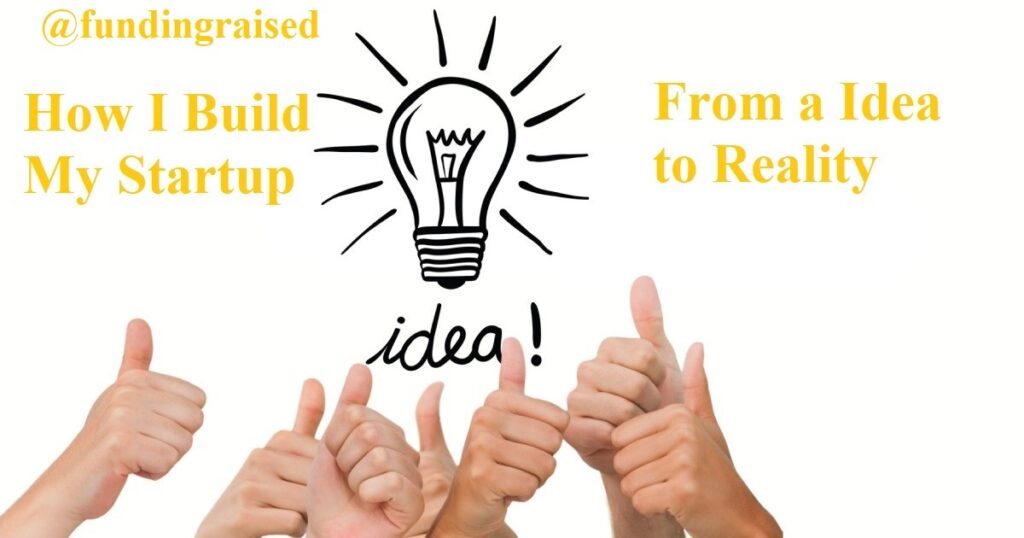
Retention and Market Research
The 1st step when starting a startup: Find an extremely good idea to fix The Main Issue. My first inkling was finding a hole in the market for me. I found that even though there is an influx of digital tools… small businesses are still facing issues when it comes to getting better project results. It was after this realisation that the thought behind creating a coherent project management system kicked. I started with the idea and did research on that market. This phase included identifying my “customer persona”, researching competitors, and validating the problem space. Market research is key to determine whether your idea has any legs, and how best to position the product.
Business Plan and Strategy
Having a proven idea, the next logical step was to create a business plan. A good business plan details your business objectives, target market, revenue model and marketing strategy as well providing financial projections. It is a blueprint for your startup and required to raise funding or partnerships. I worked for months, fine-tuning my business plan to ensure it was thorough and feasible. It not only served as mentor when I was starting my venture but also during pitching to potential investors and partners.
Building the Team
Bad startup I was lucky to meet great guys who believed in my idea and took the risk with me. A team-building process involves the search for people who have the proper skill set and a common interest in working on this project. We were shaping the role around ours strengths. I was product dev and strategy while my co-founders had marketing, finance & ops. This is how its division of labor made sure every part related to a startup was being handled properly.
Product Development
Having A Solid Team, We Shifted To Build The Product. In this stage, we designed ,coded and tested the project management platform. Listening to customer feedback and constructive criticism, we had developed our products using an agile development methodology. Our original goal was just to build a minimum viable product (MVP) An MVP provides an opportunity for a product with basic features to be introduced into the market in order to check its viability. It also gives you the chance to get user feedback and make changes if needed before going on a large scale.
Legal and financial concerns
This is also controlled situation legally and financially, when starting a startup We set up our operations in accordance with local laws. We also got a business bank account and an accounting system in place to ensure we managed our financial aspect of the business effectively. Seek legal and financial help to build a legally right setup steel startup. Good documentation and managing finances is essential to avoid those above mentioned traps.
Marketing and Launch
So once the product was ready, we built a marketing plan to get press as well as users. For our marketing plan, we included stuff like; Digital – social media campaigns and content partnerships. And we used our network to get traction as well. It was a noteworthy day, the launch day. We hosted a big virtual event inviting potential users, investors and media. Our response was reassuring and pushed us harder.
Scaling and Growth
After the launch, we were trying to scale this startup. It included further perfecting the product, developing our team and growing user base. We tracked key performance indicators (KPIs) to monitor our progress and be objective about data-driven decision making. The most important thing in scaling is winning further funding. We presented our startup to many investors emphasizing some of the key milestones and growth opportunities. The effort paid off, and we raised our first round of funding allowing us to expand on what we had set out to do.
Conclusion
It is difficult to start a startup. It takes someone who has a vision and sticks to it, planning his steps like clockwork. Looking back on my journey, I can with certitude say: that the answer to “how do i start up” is in knowing your market. finding a team and product fit for it. communicating then value proposition effectively. Today, our organization is a monument to us setting up wards for so long. We have raised substantial funding, which has given us the means to grow our operations along with developing of new things. From having the question: how I start my startup in your mind, to remembering that each and every phase from Ideation to scale is a learning curve moving you closer towards all of them.
Government Schemes for Startups 2024
Government programs for startups are a critical driver of innovation, growth and economic In 2024.onViewCreated This support is in the form of monetary help, guiding and infrastructural resources so that fresh entrepreneurs are backed to survive in a high competitive market. Knowing the different government schemes for 2024 startups will help entrepreneurs to support their business and take it newer miles.

Startup India Initiative
Startup India started in 2016 and provides enablement & support for Startups through it’s comprehensive Offerings till year 2024. The program, which is the flagship initiative of the Government of India intends to build a robust start-up ecosystem in order to catalyse sustainable economic growth and generate large scale employment opportunities.
Key Features:
Tax Exemptions: Startups incorporated on or after April 1, 2016 until March 31,2024 are eligible for tax exemptions given that it is fulfilling the criteria of Tax Holiday (and not exempting from other form of taxes in first ten years).
Easier Reconciliations: The routine simplifies some of the regulatory work around for startups bringing down nervous tension legal actions.
Startup India Seed Fund Scheme (SISFS) – Funding to startups for proof of concept, prototype development and trials.
Atal Innovation Mission (AIM)
Atal Innovation Mission (AIM) is the Governments of India’s flagship initiative set up by NITI Aayog to promote a culture of innovation and entrepreneurship in the country. AIM, today also continues to offer various programs for supporting startups in 2024.
Key Features:
Atal Incubation Centres (AICs): AIM sets up incubator hubs to help in providing necessary infrastructure, mentorship and funding of the startups.
Atal New India Challenges: These offer challenges that seek tech-enabled solutions for problems of the day in sectors like agriculture, health etc.
Mentorship programs aim has a structured mentorship program that gets to start-ups with industry experts and seasoned entrepreneurs.
MUDRA Loan Scheme
Micro Units Development and Refinance Agency (MUDRA) Loan Scheme is another landmark effort taken to financially aid startups, particularly in micro & small enterprise area.
Key Features:
Shishu Loans: small loans up to INR 50,000 for start-ups in the early stages.
Kishor Loans: Between INR 50,000 and INR 5,00,000 for the operational products to businesses only (clerically managed accounting system or turnover not exceeding Rs.
Loan amount: Between INR 5,00,000 to INR 10,00,000 for well-established seeking the next level of growth
Stand-Up India Scheme
Stand-Up India Scheme: This scheme provides loans for greenfield enterprises (i.e. first time ventures) by Women and SC/ST beneficiaries to promote entrepreneurship.
Key Features:
Loan Amount: Offers loan amounts from INR 10,00,000 to INR 1 crore.
IN a nutshell Maturity Factor Eligibility one woman /SC/ST borrower per bank branch
Coverage: For all the vertical such as manufacturing, trading or services industries.
SAMRIDH Scheme
Startup Accelerators of MeitY for Product Innovation, Development and Growth (SAMRIDH) will provide a platform to create opportunities in public markets by providing access to funding, mentorship as well as market accessibility through which startups can scale their business.
Key Features:
Financial Support: It provides financial aid to the startups up to INR 40 lakhs.
Mentorship and Market Access Connects startups with industry stalwarts and access to domestic as well as international markets
Incubation Support: Six Telegraph shares with the top accelerators and incubators of the Guaran, supportive talent.
Meaning Of – Credit Guarantee Fund Trust for Micro and Small Enterprises (CGTMSE)
The CGTMSE provides collateral-free credit facility to micro and small enterprises, an offering that can be a lifeline for startups with no assets.
Key Features:
No Collateral Loans: Upto INR 2 crore
Risk Coverage: Guarantees the Cover Risk of up to a large sum, thereby decreasing in risk for lenders.
Availability: Direct and through national banks
Digital India Initiative
The Digital India campaign seeks to digitally empower the country, thus leading it into a new era of knowledge economy. It offers digital infrastructure and services for startups.
Key Features:
E-Governance and Services on Demand: Ensures hassle free transaction for businesses with zero or minimal human interface.
Digital Infrastructure – Ensuring strong internet connectivity and IT infrastructure to provide with a great platform to build start-ups on top of it.
Advance Digital Entrepreneurship: It fosters innovation and entrepreneurship in IT & digital sector.
Conclusion
Different government schemes for startups in 2024 provide opportunities to the entrepreneurs that help them either start, grow or scale-up their businesses. Each of these schemes including financial assistance and tax exemptions, supporting innovations or mentorship helping them in building prototype to the access into market are all designed with well defined ecosystem for startups. The entrepreneurs will be benefitted and continue to grow, prosper via these schemes with further alignment of business strategies in the highly competitive market landscape.
Once again, Funding Raised did an exceptional job on winning these government schemes to gain the required funding and mentorship that supercharged their growth enabling them to be a major player in this market. Startups that stay informed and make the most of these assets can operate successfully against the odds while meeting their business goals.

